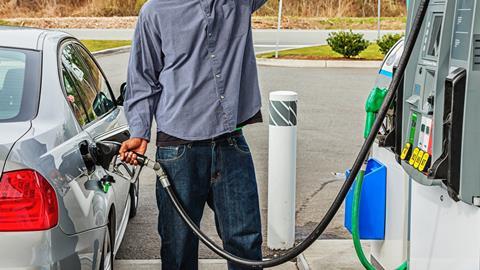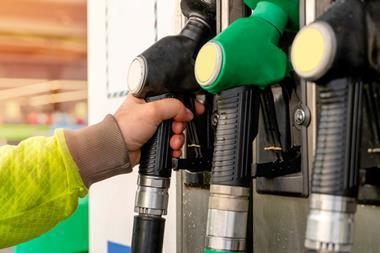“Pumped up! Petrol station bosses will have just 30 minutes to change rip-off pump prices or be slapped with a fine…”
That was the warning The Sun ‘revealed’ this morning. But it’s not actually a revelation at all. It’s a proposal in the document on fuel price transparency commissioned by the Competition & Markets Authority (CMA) which has been out for consultation since it was published in January.
The watchdog’s consultation proposes the penalty among a range of measures to enforce its Pumpwatch open data scheme, which will be aggregating and sharing the pump prices of forecourts with third parties such as apps and sat navs, to be introduced by the end of the year.
The consultation closed in March, and industry leaders and lobbyists are eagerly awaiting the results. But they are not expected for the next two weeks. And it seems highly unlikely the CMA has leaked its final deliberations on such a small detail in the consultation to The Sun.
So what’s going on here? Pumpwatch is a big deal for the forecourt sector. It’s going to be costly and complex to administer: it’s estimated that setting up the open data scheme will cost just under £5m a year, to be funded by the industry of course.
When petrol prices are a ripoff
And while it’s costly, complex and time-consuming for the forecourts, for motorists the hope is that the unprecedented levels of transparency will result in more competitive pricing.
A similar scheme introduced in Northern Ireland, called Fuel Price Watch, has been credited for the lower price of fuel in the province (though others claim it’s down to having more forecourts per head of driver than the rest of the UK, fewer supermarkets and competition from the Republic of Ireland).
So why the fines? The proposal is that fines should be introduced not when the price is a ‘ripoff’ in the sense that it is higher than rival forecourts, but when the pump price is increased without notifying Pumpwatch quickly enough.
To be fair, enforcing timescales do appear to combat volatile fuel prices elsewhere in the world. In Queensland, Australia, for example, petrol stations are legally required to report fuel price changes within 30 minutes of the price changing to a government-appointed aggregation body, which then makes it available to third party apps and websites that consumers can access. And if a motorist finds a discrepancy, they ring a helpline to report it.
And it’s proved effective. In its final review of the scheme, it found a small but statistically significant decline in average daily retail prices in most regions across southeast Queensland, following findings of high and inconsistent prices in the road fuel market elsewhere in Australia.
It’s a similar model to the one the CMA is proposing in the UK. “We propose that PFSs must report retail fuel price changes within 30 minutes of the price changing on the forecourt,” the consultation said. “While it is anticipated some PFSs could report price changes far quicker, we view 30 minutes as a reasonable timeframe and practical in a diverse market.”
The margin on a litre of diesel
But these won’t be on-the-spot fines as The Sun’s report suggested, with the regulator issuing tickets like a police officer: “We anticipate that, where the enforcer considers there to have been a breach of the requirements set out in regulations, it may serve a notice on the person in breach describing the steps required to remedy it and by when. Where a person does not comply with the compliance notice, the ‘enforcer’ may impose a civil penalty, which will be set out in the regulations.”
In other words, it’s a warning, and seems likely to be issued only to persistent offenders, to ensure the system works.
But a price increase isn’t automatically a ‘ripoff’, however slowly or quickly it’s communicated. It’s the margin – the difference between the wholesale price and the retail price – that is the key consideration for regulators. After all, it’s just as easy to rip off a motorist by keeping prices the same.
As motoring organisations such as the RAC have noted, the margin on a litre of diesel has reached an average of 18p, more than double the long-term average of 8p. It argues that despite the barrel price of oil falling from $90 to $83, forecourts haven’t cut their prices accordingly. There is further controversy over the growing margin between diesel (currently averaging 157p) and petrol prices (currently 150p). Since the shortage of lorry drivers caused prices to spike in the autumn of 2022, the gap has fluctuated wildly, and sometimes outside the usual seasonal norms. If retailers were passing on costs fairly, however, the RAC believes drivers should be paying 145p a litre for both diesel and petrol.
The RAC believes the reluctance of supermarkets to lower prices is not putting enough pressure on independents to measure up. But there will be no fines for forecourts who charge more than their rivals. The regulators will have to rely on motorists having full visibility – and thus being able to easily find where the cheapest fuel is being sold – to drive down prices. That is how a free market works.

























No comments yet